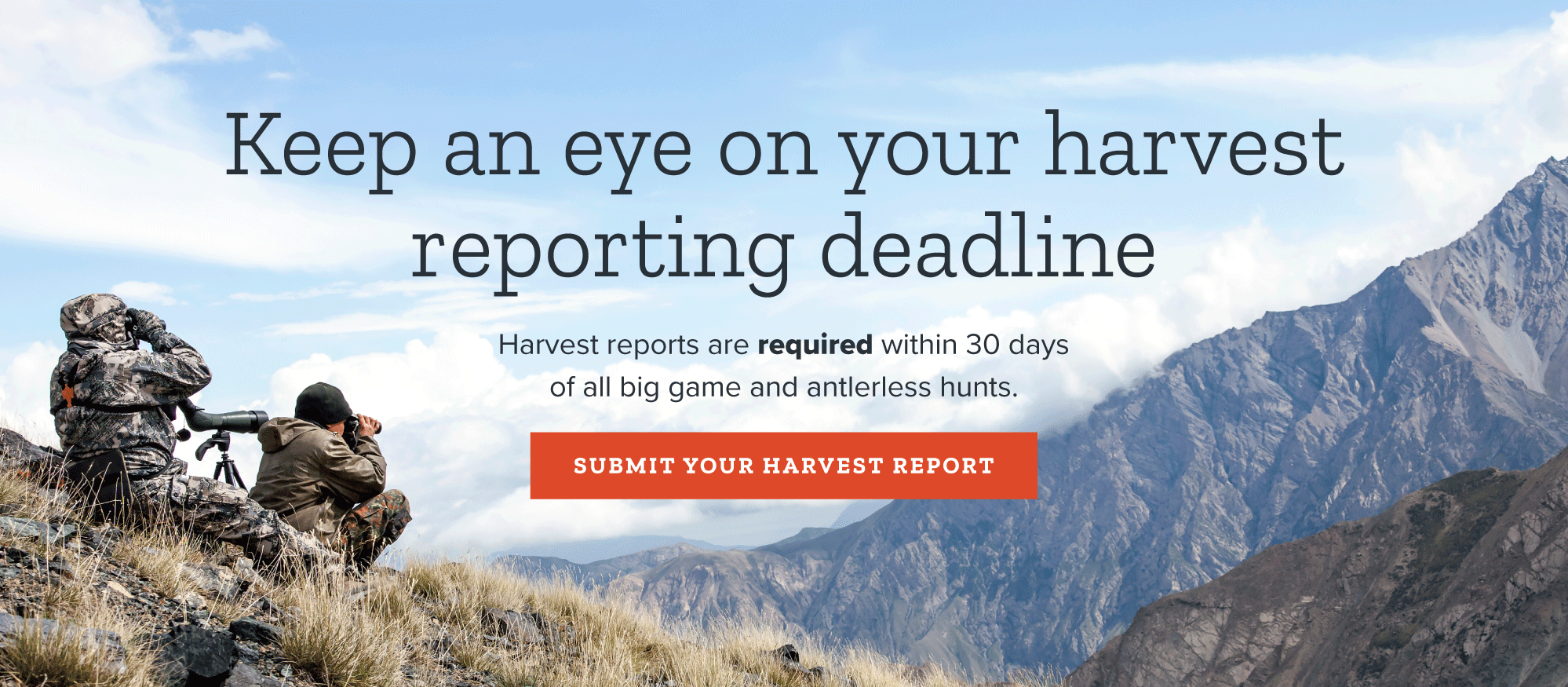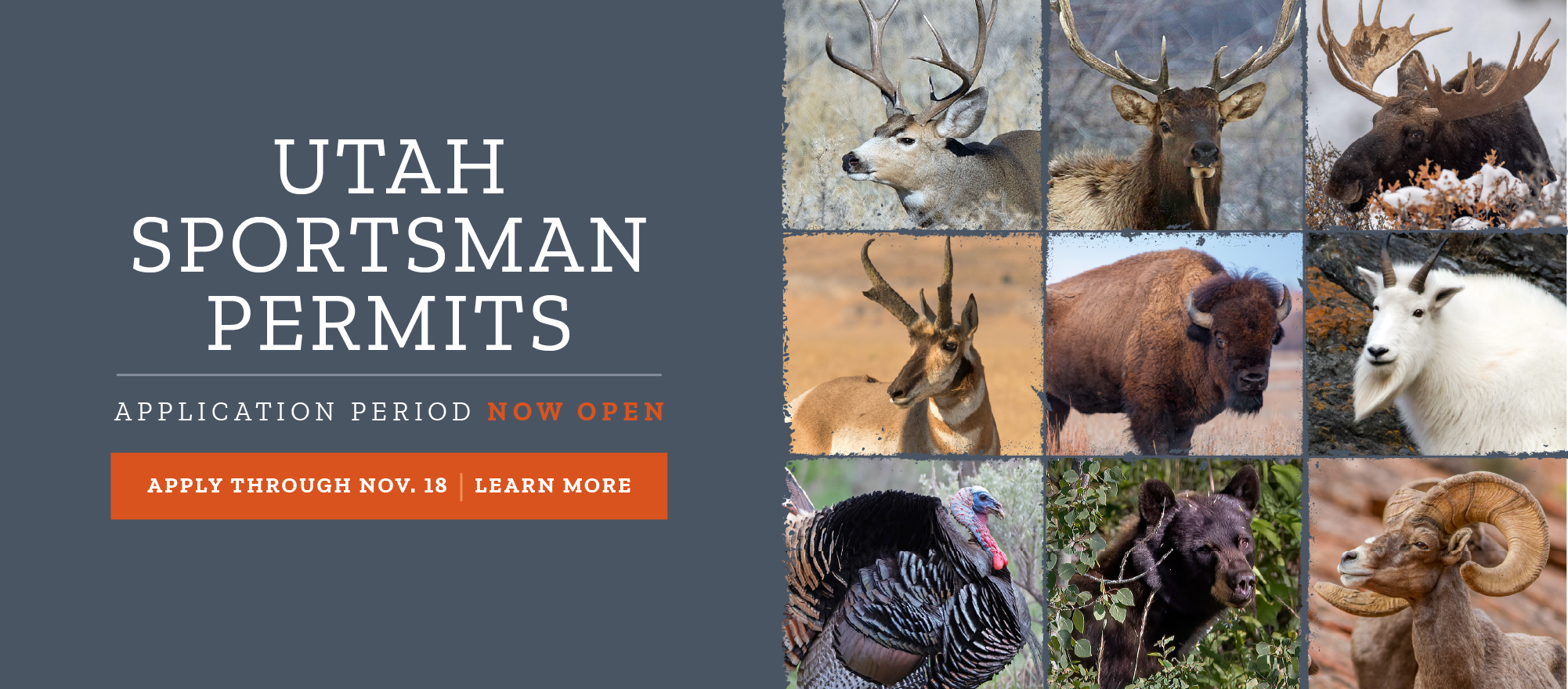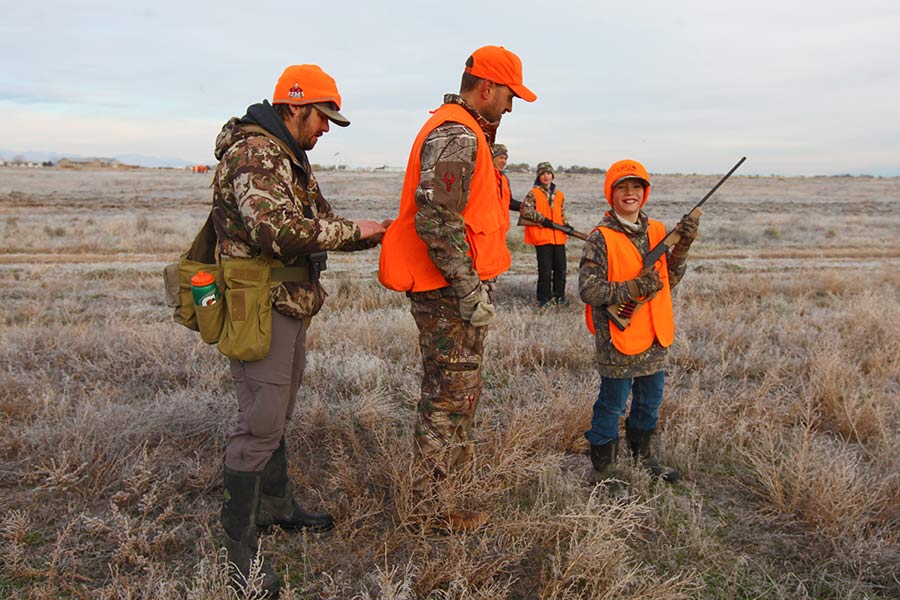Hunter orange changes and other wildlife-related laws passed during 2024 legislative session
Salt Lake City — A lot of bills were passed during the 2024 legislative session, and March 21 was the deadline for Gov. Spencer Cox to sign or veto them. There were several bills related to wildlife management that were signed into law this legislative session — here are just a few to know about.
HB222: Wildlife Hunting Amendments
This new law makes a few wildlife-related rule changes, including:
- Hunter orange: This update changes the amount of "hunter orange" an individual has to wear during specific hunting seasons. Previously, the law required an individual to wear a minimum of "400 square inches of hunter orange while hunting a species of big game." This new law clarifies that anyone hunting big game needs to wear hunter orange on the exterior so that it can be seen, including one or more of the following items: a hat, shirt, jacket, coat, vest or sweater. This update also gives authority to the DWR director to designate that individuals like hikers, campers and other recreational users or private landowners are also required to wear hunter orange while recreating on a wildlife management area during a big game rifle hunt.
- Big game byproduct: This portion of the law clarifies when meat processors can use byproducts from deer and other big game animals in dog food products.
The Utah Division of Wildlife Resources is still working through updating their rules to reflect these changes. This new law goes into effect May 1.
HB382: Wildlife Amendments
This new law also makes several wildlife-related changes, including:
- New development: This portion of the law designates that after May 1, 2024, anyone involved in new development in Utah is considered infringing on existing wildlife habitat, and if that individual makes a wildlife damage or nuisance claim related to the new development, they may not qualify for a wildlife damage or nuisance claim against the state or a political subdivision.
- Limitations on taking an antler or horn: This designates that the Utah Wildlife Board may establish a season for recreational antler or horn gathering for both residents and nonresidents. The law also states that the wildlife board can designate rules regarding the commercial gathering and selling of shed antlers, can establish a license or permit requirement and also a fee. The law also establishes a restitution value for shed antlers at $30 per pound. The DWR recently formed a committee to examine shed antler gathering in Utah. The DWR's official proposals for the shed antler gathering rules will be presented at public meetings next month to gather public comments. Any potential changes that may be approved by the Utah Wildlife Board wouldn't be implemented until 2025.
- Taxidermist and butcher tags: This portion of the law states that a butcher or owner/employee of a locker or storage plant may not receive the carcass of protected wildlife unless the animal is properly tagged or there is a valid donation slip. A taxidermist must also keep transaction records for three years for wildlife they received, including a record of when the carcass was received and the license or permit number associated with the animal.
- Enforcement of other laws: The law also adds clarifications for the enforcement of other specific laws, including aiding or assisting someone in a wildlife violation, using a trail camera to remotely hunt wildlife, the rule for unlawful waste of wildlife, and making updates to the penalties and fines associated with wanton destruction of protected wildlife.
- Trespassing: This portion of the law makes some clarifications regarding documented authorization when trespassing on private property.
- Accounts and fees: This portion of the law makes a few clarifications to wildlife accounts and funding, and also specifies that the DWR may impose and collect an electronic payment fee on an electronic payment related to a license, permit or certificate of registration.
- Tagging requirements: The law also makes a few administrative clarifications about existing laws for properly tagging an animal after it has been harvested.
- Naming conventions for birds: This portion of the law designates that the DWR shall use the English-language name assigned to a bird that was in effect on Jan. 1, 2020, when using an English-language name for the bird. The law also stipulates that the DWR shall advocate against the changing of eponymous English-language names for birds.
This new law goes into effect July 1.
HB2: New Fiscal Year Supplemental Appropriations Act
This law provides a one-time $8.5 million appropriation for the acquisition of private property in Morgan County. This purchase is for 2,600 acres, the bulk of which will be included in the DWR's East Canyon Wildlife Management Area. This additional acreage will help provide important habitat for big game animals and sage grouse in the area. A portion of the acreage will be allocated to Utah State Parks, to be managed as an extension of East Canyon State Park.
This law also included a one-time general fund increase of $2 million toward the Endangered Species Mitigation Fund, which goes toward conservation efforts aimed at preventing native species from being listed under the Endangered Species Act. It also helps with the protection, conservation and recovery of species that are currently federally listed, as well as species of greatest conservation need identified in the Utah Wildlife Action Plan.
HB469: Department of Natural Resources Law Enforcement Amendments
This law approves the creation of a new division (the Division of Law Enforcement) under the Utah Department of Natural Resources. This new division will encompass officers and rangers from the DWR, the Utah Division of Forestry, Fire and State Lands, the Utah Division of Outdoor Recreation, and Utah State Parks. This new division will be in effect on Jan. 1, 2025.



















